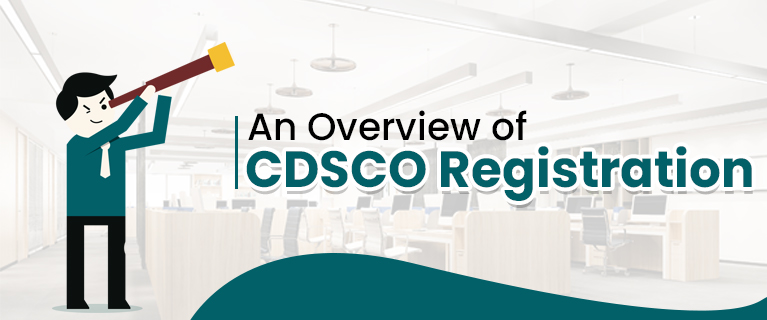What Is The Procedure Of Medical Product Registration?
The healthcare sector in India is dynamic, and with the constant evolution of medical science and technology, there is an increasing demand for medical products and devices. However, before introducing any medical product into the Indian market, it is essential to comply with regulatory requirements. The Drugs and Cosmetics Act, 1940, and the Medical Devices Rules, 2017, govern the registration and sale of medical products in India. In this comprehensive guide, we will walk you through the intricate process of acquiring a medical product registration, ensuring you can navigate the regulatory landscape with ease.
Understanding Medical Product Registration
Before delving into the registration process, it's vital to comprehend what constitutes medical products under Indian regulations. Medical products include a wide range of items such as medical devices, diagnostic kits, pharmaceuticals, and more. These products play a crucial role in the healthcare ecosystem and are subject to rigorous scrutiny to ensure their safety, efficacy, and quality.
Types of Medical Product Registration in India
In India, medical product registration can vary depending on the type of product and its intended use. Here are the primary categories:
1. Medical Device Registration:
Formulation of Device: One of the first steps in the registration process is to precisely define the medical device, including its intended use, specifications, and classification as per the Medical Devices Rules, 2017.
- Manufacturing License: Manufacturers of medical devices must obtain a manufacturing license, ensuring adherence to quality and safety standards.
- Quality Management System (QMS): Establishing a robust QMS is crucial. This system ensures consistent product quality and compliance with regulatory standards.
- Clinical Trials and Testing: Depending on the device's classification, clinical trials and testing may be necessary to establish safety and efficacy.
- Application Submission: The applicant must prepare and submit a detailed application to the Central Drugs Standard Control Organization (CDSCO) along with the required documents.
- Review and Inspection: Regulatory authorities conduct a thorough review of the application and may conduct inspections of manufacturing facilities.
- Approval and License: Upon successful review, the CDSCO grants approval, and the manufacturer receives a license to market the medical device in India.
2. Pharmaceutical Product Registration:
- Dossier Preparation: Manufacturers of pharmaceutical products must prepare a comprehensive dossier containing information on product formulation, manufacturing process, stability data, and more.
- Site Inspections: Regulatory authorities may conduct inspections of manufacturing sites to ensure compliance with Good Manufacturing Practices (GMP).
- Bioequivalence Studies: In cases of generic pharmaceuticals, bioequivalence studies may be required to establish equivalence to the reference product.
- Application Submission: The applicant submits the registration application to the CDSCO or respective State Drug Control Authority.
- Review and Approval: Regulatory authorities review the application, and upon successful evaluation, the pharmaceutical product receives marketing approval.
3. Diagnostic Kit Registration:
- Product Evaluation: Diagnostic kits must undergo thorough evaluation, including analytical studies and clinical validation.
- Import License: Importers of diagnostic kits must obtain an import license from the CDSCO.
- Application Submission: The applicant submits the registration application to the CDSCO or respective State Drug Control Authority.
- Evaluation and Approval: Regulatory authorities evaluate the application, ensuring the diagnostic kit's safety and efficacy. Upon approval, the product is registered for sale.
Conclusion
Navigating the medical product registration process in India requires a deep understanding of the specific requirements and regulatory standards applicable to your product category. It's crucial to engage with regulatory experts and follow the prescribed procedures diligently. While the process may be intricate, successful registration ensures that your medical product can reach patients and healthcare providers, contributing to India's vibrant healthcare sector.




Comments
Post a Comment